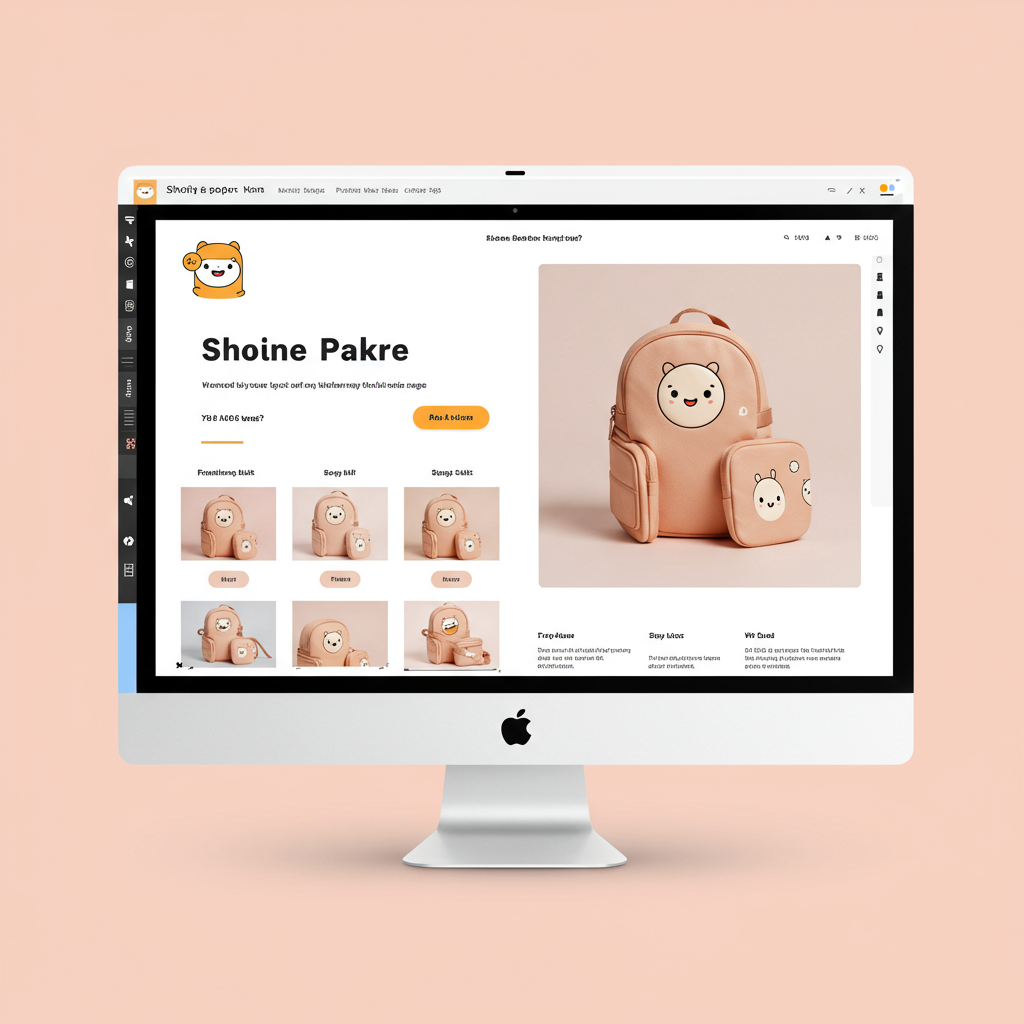Transforming your Shopify presence from a mere product catalog into a memorable, resonant brand experience.
As a merchant, you’ve likely poured your heart and soul into setting up your Shopify store. You’ve sourced great products, optimized your listings, and perhaps even run some initial marketing campaigns. But have you truly built a brand?
Many entrepreneurs focus solely on sales, and while revenue is vital, it’s a short-term gain without a long-term vision. A store sells products; a brand sells an experience, a promise, and a connection.
I’ve seen countless Shopify stores with fantastic products struggle to stand out because they lack a cohesive brand identity. They’re just another shop in a sea of online retailers.
So, what does it mean to turn your Shopify store into a brand? It means going beyond the transactional. It means creating an emotional connection with your customers, making them feel something when they interact with your business.
It’s about defining who you are, what you stand for, and why you exist, beyond just selling goods. This foundation is critical for sustainable growth and customer loyalty.
The first step in this journey is to define your brand’s core identity. This isn’t just about a logo; it’s about your mission, vision, and values. What problem do you solve? What future do you envision? What principles guide your decisions?
For example, if you sell eco-friendly products, your mission might be to promote sustainable living, and your values could include transparency and environmental stewardship. These aren’t just words; they should inform every aspect of your business.
Next, you need to understand your target audience intimately. Who are you trying to reach? What are their demographics, psychographics, pain points, and aspirations? The more you know them, the better you can tailor your brand message and offerings.
Once you have a clear understanding of your identity and audience, you can begin to craft your visual brand elements. This includes your logo, color palette, typography, and imagery.
Your logo should be unique, memorable, and reflective of your brand’s personality. Shopify’s theme customization options allow you to easily upload and display your logo prominently.
Colors evoke emotions. Choose a palette that aligns with your brand’s values and appeals to your target audience. Consistent use of these colors across your Shopify store, social media, and packaging reinforces your brand.
Typography also plays a significant role. Different fonts convey different feelings – elegant, playful, modern, traditional. Select fonts that complement your brand’s voice and are legible on your Shopify site.
Beyond visuals, your brand voice and messaging are paramount. How do you communicate with your customers? Are you formal or casual? Witty or serious? Empathetic or authoritative?
This voice should be consistent across all touchpoints: your product descriptions, ‘About Us’ page, blog posts, email newsletters, and social media interactions. Shopify provides ample opportunities to infuse your voice into your content.
Consider the customer experience from start to finish. This includes your website’s user-friendliness, the clarity of your product information, the ease of checkout, and the efficiency of your customer service.
Even your packaging is a branding opportunity. A thoughtfully designed package can elevate the unboxing experience, making customers feel special and reinforcing your brand’s attention to detail.
Leverage Shopify’s app store to enhance your branding efforts. Apps for loyalty programs, email marketing, product reviews, and custom order tracking can all contribute to a more branded and cohesive customer journey.
Content marketing is another powerful tool. Start a blog on your Shopify store, create engaging social media content, or launch an email newsletter. Share stories, offer value, and educate your audience.
This content shouldn’t just be about selling; it should reflect your brand’s values and expertise, building trust and positioning you as an authority in your niche.
Building a community around your brand is the ultimate goal. Encourage user-generated content, respond to comments and reviews, and create spaces where your customers can connect with each other and with you.
Consistency is absolutely key. Every single interaction a customer has with your brand, whether it’s visiting your Shopify store, receiving an email, or seeing a social media post, should feel like it comes from the same unified entity.
This means applying your brand guidelines rigorously across all platforms. Don’t let your brand identity dilute over time or across different channels.
Finally, don’t be afraid to evolve. Brands are not static; they grow and adapt. Regularly review your brand’s performance, gather customer feedback, and be open to refining your identity as your business matures.
What do you think about this approach to building a brand on Shopify? I’d love to hear your thoughts and experiences.
By investing in brand building, you’re not just selling products; you’re creating a legacy. You’re fostering loyalty, commanding higher prices, and building a business that can withstand market fluctuations.
Your Shopify store is merely the vessel; your brand is the soul. Nurture it, define it, and let it shine through every aspect of your online presence. This is how you move beyond transactions and build something truly remarkable.






